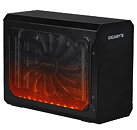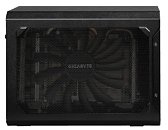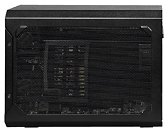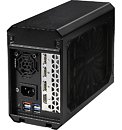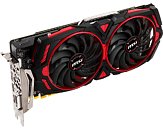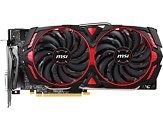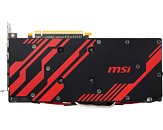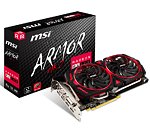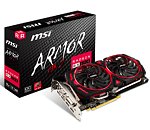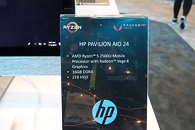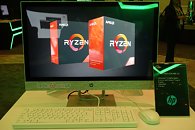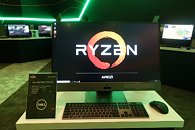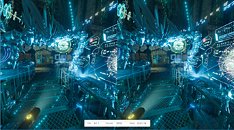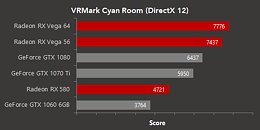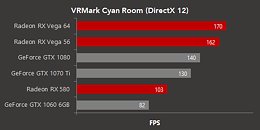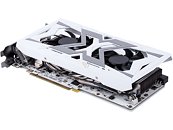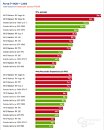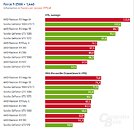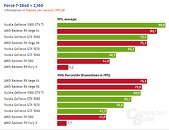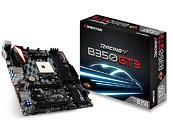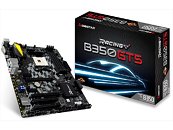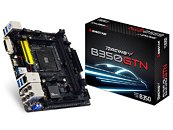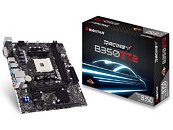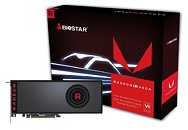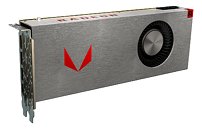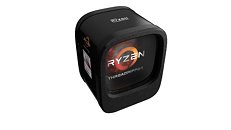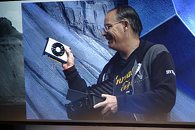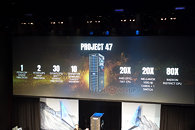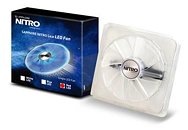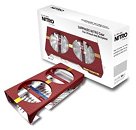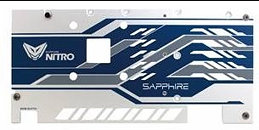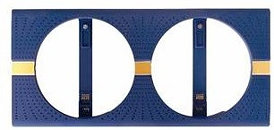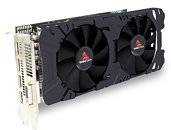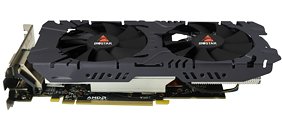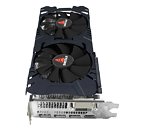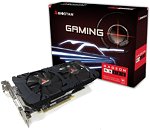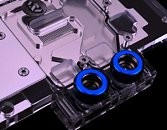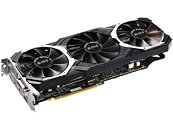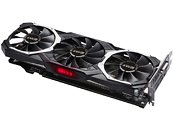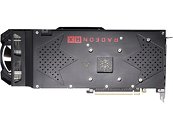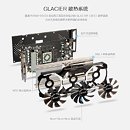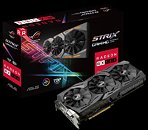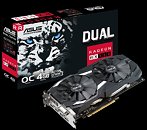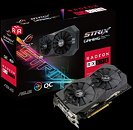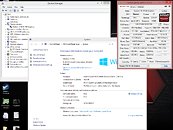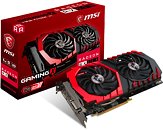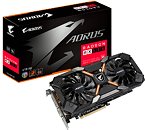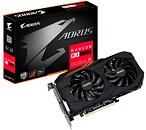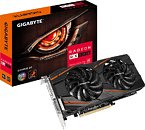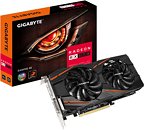
GIGABYTE Intros RX 580 Gaming Box
GIGABYTE today rolled out the RX 580 Gaming Box, an external graphics enclosure with a factory-fitted graphics card. The company's Gaming Box line of external graphics enclosures made their debut with Aorus-branded boxes based on GeForce GTX 1070 graphics cards. The company later launched an Aorus-branded GTX 1080 Gaming Box. The new RX 580 Gaming Box (model: GV-RX580IXEB-8GD) encloses a Radeon RX 580 8 GB graphics card, with its core clocked at reference clocks of 1257 MHz core and 1340 MHz boost, out of the box, although a software-toggled "OC Mode" spools up the boost clock to 1355 MHz. The memory is untouched, at 8.00 GHz (GDDR5-effective).
The enclosure takes in a Thunderbolt 3 (40 Gbps) connection, with which it drives not just the graphics card, but also a 3-port USB 3.0 hub. A fourth (orange) USB 3.1 port lacks any data connection, but is a Quick Charge 3-compliant USB port, for charging your devices. Powering the enclosure is a 450W internal PSU with over 90% efficiency. GIGABYTE claims this meets 80 Plus Gold efficiency standards, although is not certified with the 80 Plus logo. Display outputs from the graphics card include three DisplayPort 1.4 and one HDMI 2.0. The enclosure features mesh side windows, and an RGB LED strip controlled with GIGABYTE RGB Fusion software. The company didn't reveal pricing.
The enclosure takes in a Thunderbolt 3 (40 Gbps) connection, with which it drives not just the graphics card, but also a 3-port USB 3.0 hub. A fourth (orange) USB 3.1 port lacks any data connection, but is a Quick Charge 3-compliant USB port, for charging your devices. Powering the enclosure is a 450W internal PSU with over 90% efficiency. GIGABYTE claims this meets 80 Plus Gold efficiency standards, although is not certified with the 80 Plus logo. Display outputs from the graphics card include three DisplayPort 1.4 and one HDMI 2.0. The enclosure features mesh side windows, and an RGB LED strip controlled with GIGABYTE RGB Fusion software. The company didn't reveal pricing.
